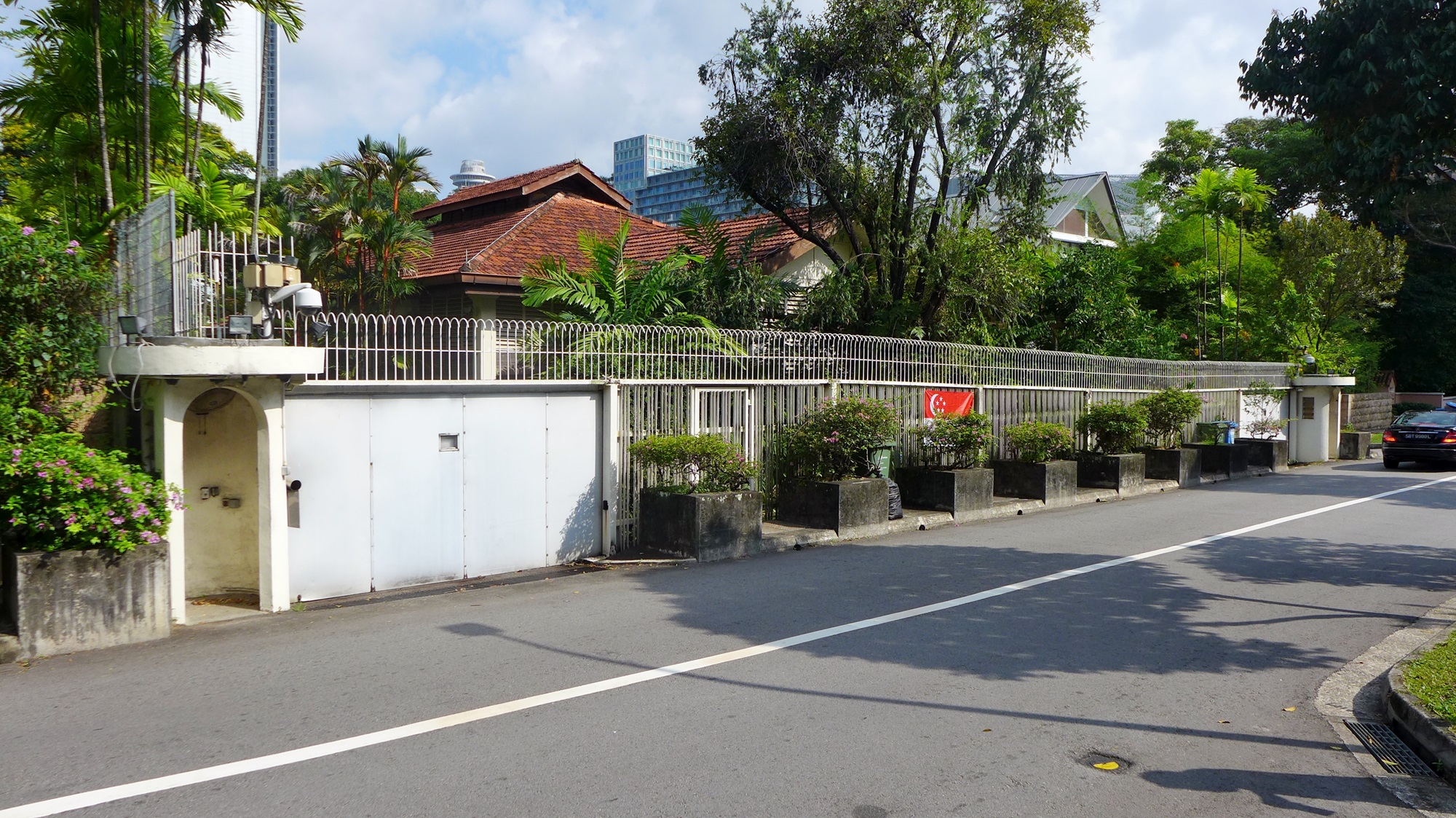Modern Singapore, founded by Sir Stamford Raffles in 1819 and which only gained independence in 1965, does not have such a long and illustrious history that it could afford to let a landmark monument disappear without careful consideration – and a big picture fight.
As of this moment of writing, we are waiting to find out what the Parliament committee on 38 Oxley Road will do with the house of the late first Prime Minister Lee Kuan Yew – now that his daughter Lee Wei Ling herself has just passed away.
Lee Hsien Yang, the younger brother of Wei Ling and Senior Minister Lee Hsien Loong, has said he will be applying to demolish the house/property (which he owns) and thereafter build a small private residence to be held within the family to honour his parents’ last wishes.
How should Singaporeans react to this seeming imbroglio? Should we let it be settled within the Lee family – and lose forever something so historically important?
The heritage people and city planners have done their part to make sure new generations of Singaporeans never forget where they came from.
We know where and when the British surrendered to the Japanese – the Ford Factory in Bukit Timah in 1942.
We are made aware that Sun Yat Sen used a villa in Singapore to plot uprisings, which let to the collapse of imperial China. The Sun Yat Sen Nanyang Memorial Hall is in Balestier.
But we also have had our bad misses.
This is a young country. Every other day, some familiar building or neighbourhood has been or is being torn down.
Take the former Adelphi Hotel on Coleman Street. Tengku Abdul Rahman, Prime Minister of the Federation of Malaya, first broached the concept of Malaysia at a meeting held there by the Foreign Correspondents Association of Southeast Asia in August 1961.
The hotel was torn down later.
Next, one moment, there was the comfortably familiar Dhoby Ghaut junction over which the once majestic Cathay Building towered. Next moment, only the Cathay Building facade remained.
With that, we lost a great chunk of history and an important landmark. The building, which was the first skyscraper in Singapore and once the tallest building in Southeast Asia was demolished in 2003.
It also had historical significance. According to Pakistan President Zia ul-Haq, who was posted here and served as a lieutenant in the British army during World War 2, it was used as a headquarters for the Allied Forces.
Did anyone know that? What a pity.
Finally, these days, not everyone is convinced that the National Theatre in River Valley Road had to be demolished. The theatre was opened in 1963 and torn down in 1984.
Reasons: Its cantilevers were said to be structurally unsafe, and, here, it was not made all that clear, but the CTE tunnel was also being built next to it. Perhaps all the underground drilling would cause the theatre to collapse.
I remember Albert Hong, the architect, arguing that the cantilevers were still sound and that nothing was wrong with them. If there was the will, the iconic building could have been rescued.
But the roar of the bulldozer was louder than the sounds of near silence. The disappearance of the National Theatre was a sad tale of monumental national regret.
Are Singaporeans facing a similar inability to stand up and say 38 Oxley Road – where the success story that is Singapore was plotted – has nothing to do with them? That it is just a family matter?
Tan Bah Bah is a former senior leader writer with The Straits Times. He was also managing editor of a magazine publishing company

